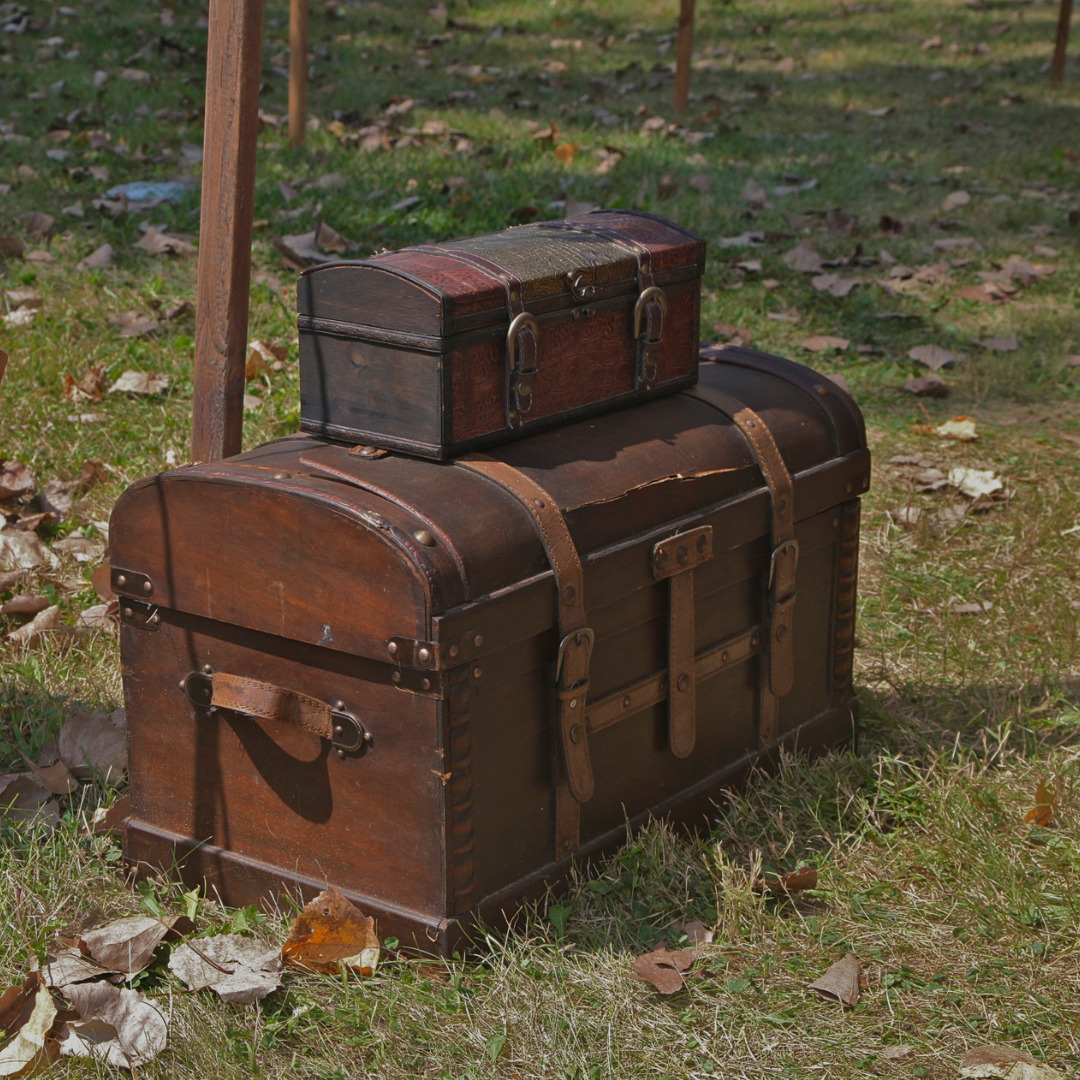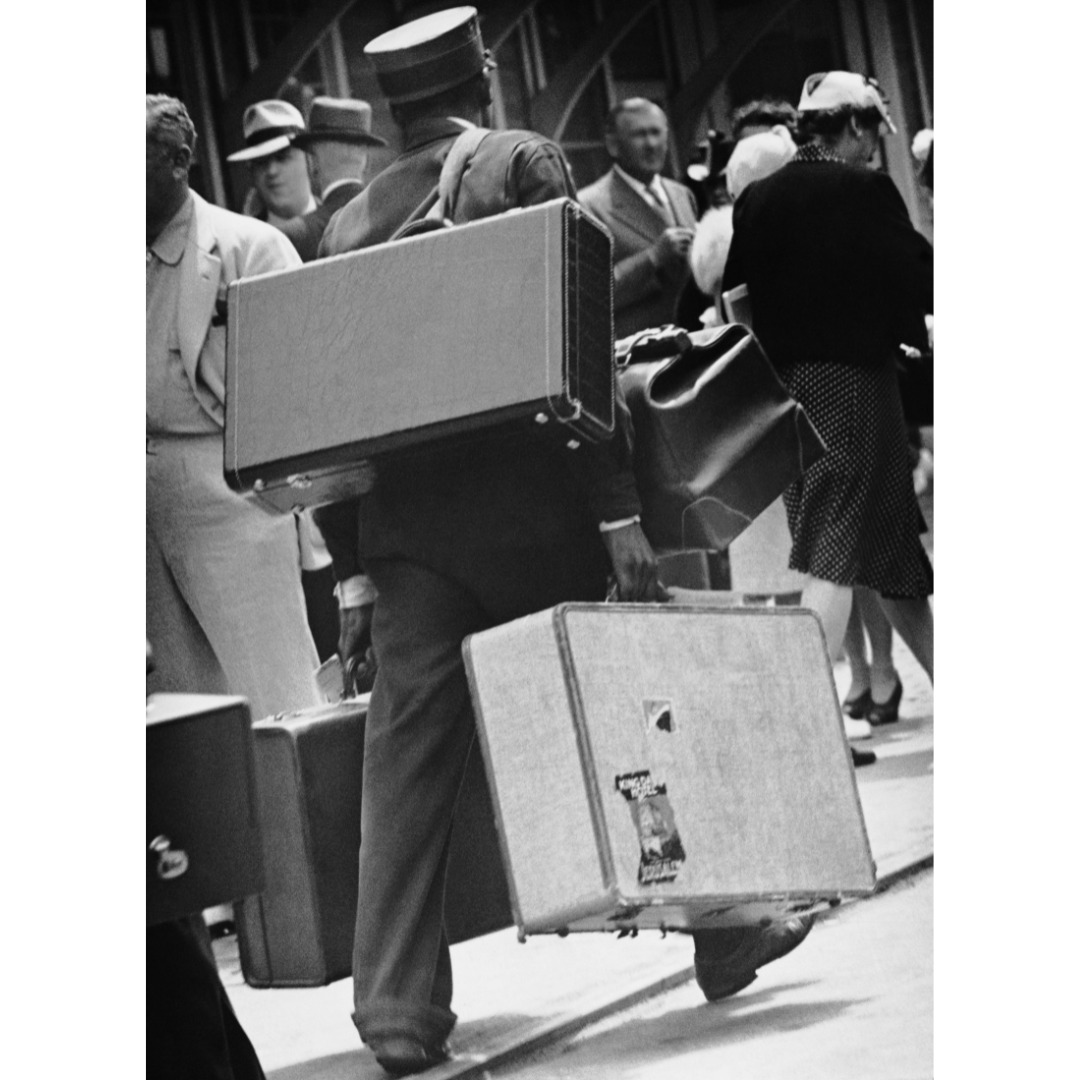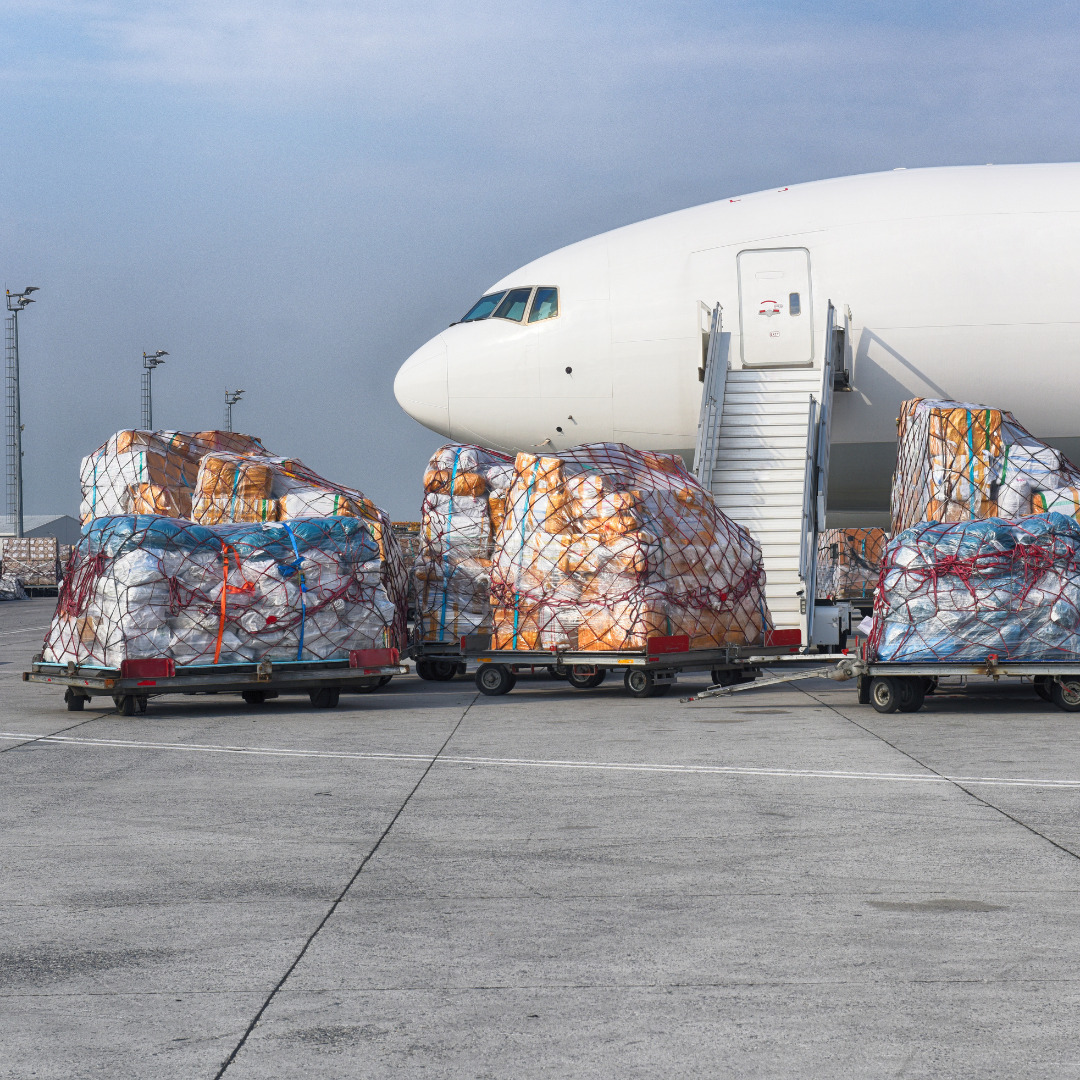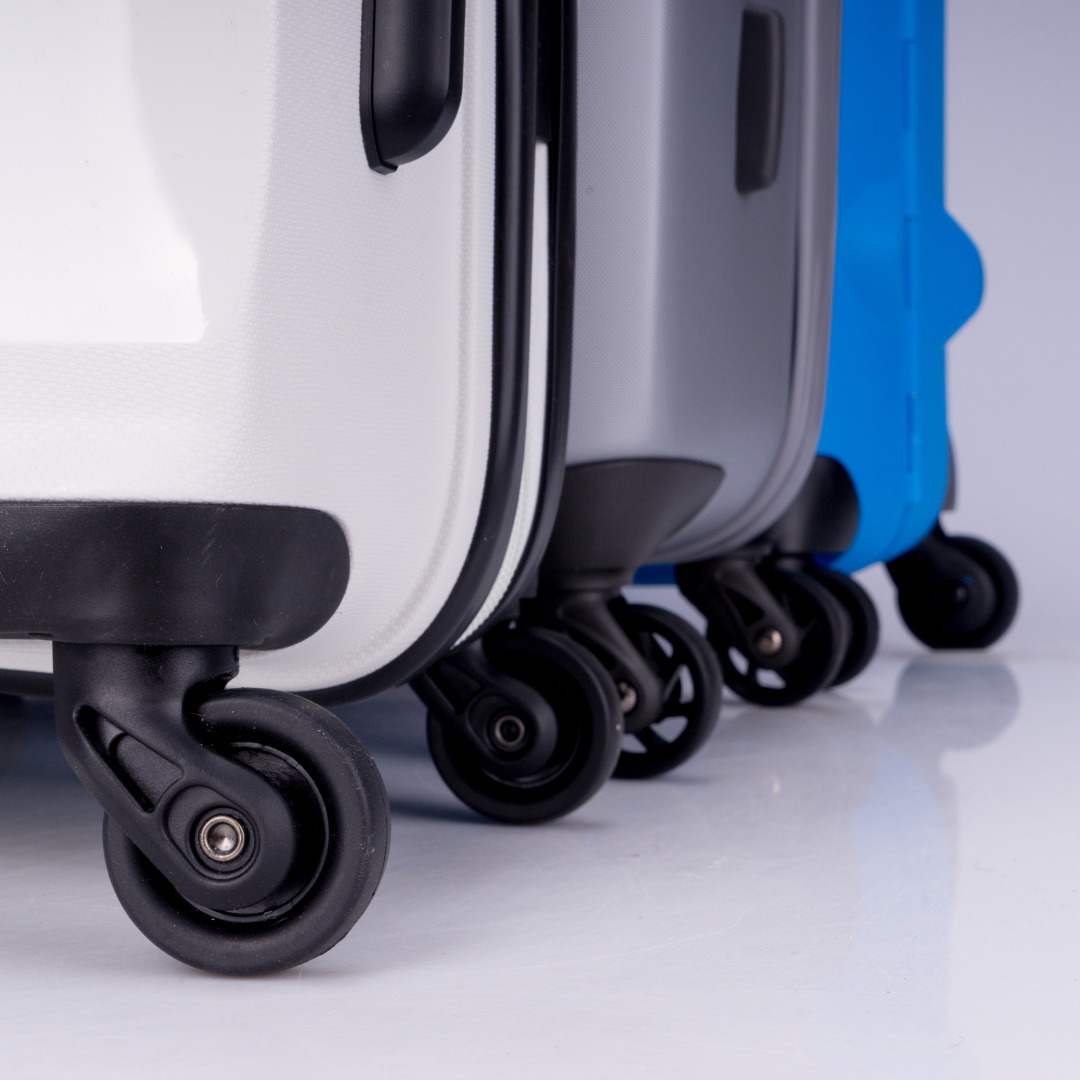Get away from the travel style of the steam locomotive
Table of Contents
1: The current travel bags were created by Louis Vuitton in 1854
2: Travel bags have evolved little in the past 170 years
3: Let’s shift to a travel style more suited to airplane travel
1: The current travel bags were created by Louis Vuitton in 1854
Today’s travel bags (suitcases) were first sold by Louis Vuitton some 170 years ago (1854) to steamships and steam locomotives. Louis Vuitton was the first company in the world to specialize in travel bags.

In those days, luggage was exposed to rain in horse-drawn carriages, so domed suitcases with round lids were commonly used to allow water to slide off.

However, during the railway era, suitcases were transported in freight wagons, which meant that they could no longer get wet in the rain. So Louis Vuitton began to make flat suitcases that could be loaded stably and improved transport efficiency. Louis Vuitton’s suitcases also became very popular, replacing the then-predominant leather material with lightweight canvas, making it easier for people to travel.


Thus, the present-day travel bag (suitcase) was developed by Louis Vuitton for steam trains. During the steam train era, the very wealthy mainly traveled, and porters carried their travel bags.


2: Travel bags have evolved little in the past 170 years
Later, steam locomotives gave way to trains. The first passenger train opened in Berlin in 1883. Air travel also began: the first recorded passenger aircraft flight in Germany took place in 1919. With the development of jet engines, air travel became commonplace in the 1960s. The first flight of the Boeing 747, a large passenger aircraft nicknamed the Jumbo, took place in 1969. It can therefore be said that more than 50 years have passed since air travel became commonplace.


However, the style of traveling developed by Louis Vuitton in the era of the steam locomotives, where travelers carry their own travel bag (suitcase), has been retained. The only progress in the suitcase is that it is now fitted with wheels, making it easier for travelers to carry their own luggage.

3: Let’s shift to a travel style more suited to airplane travel
Travel transportation shifted from steam locomotives to planes, whereas the evolution of travel bags (boots and suitcases) has stalled. It has created big problems such as climate change and the travel divide. Note that the travel divide is a term I created, inspired by the digital divide. I define the travel divide as the existence of elderly people, people with disabilities, and families with children who give up traveling because of the burden of heavy luggage and travel information gaps.

There is a 27-fold difference in carbon dioxide emissions between rail and airplanes when transporting the same weight of goods (22 gCO2/t-km by rail compared to 602 gCO2/t-km by air). It is a huge impact on climate change issues.
It is time to shift from the “travel style of carrying a travel bag” developed in the mid-19th century to the “travel style of not carrying a travel bag” by renting what you need locally. This would make a significant contribution to tackling climate change and help solve the travel divide.
If 20 kg of luggage were not carried on board when round trip flights between Japan and overseas, this would reduce carbon dioxide emissions per person by 11 days and reduce carbon dioxide emissions in the living sector by 179 days. This is equivalent to the annual reduction in carbon dioxide emissions from planting 186 trees. For more information, see our BLOG “Sustainable travel by reducing luggage” and “Reducing luggage when traveling reduces CO2 emissions“.
Notice
We are planning to launch a travel rental service next spring to reduce the amount of luggage carried on board airplanes and to make it easier for everyone to travel around the country without hand luggage. Until the rental service is launched, we will be offering free itinerary creation for the first 10 passengers.
I have traveled a cumulative total of more than 200 times, almost every two months, both domestically and internationally, and have created many itineraries. In addition, our company has already compiled a database of more than 20 000 tourist destinations in Japan. We create itineraries according to travelers’ preferences, so please contact us via the ‘Registration / Inquiries section if you would like to do so.
